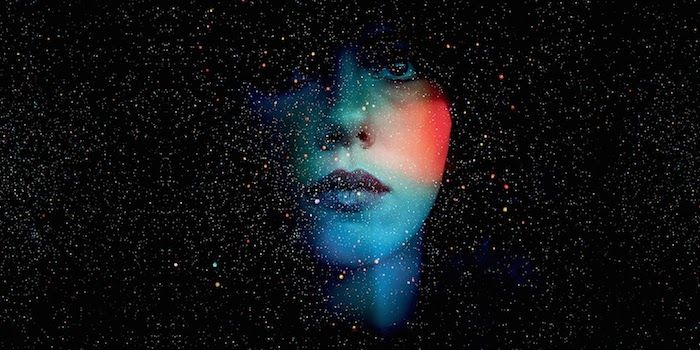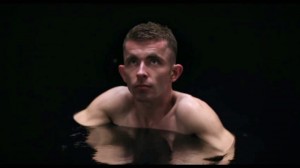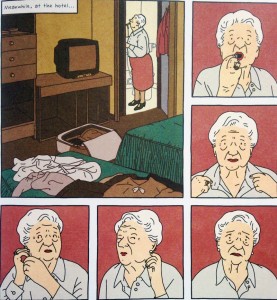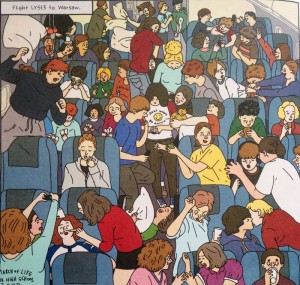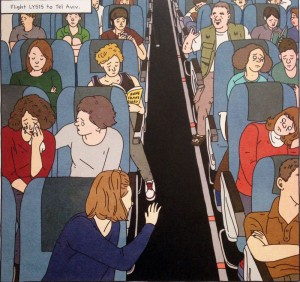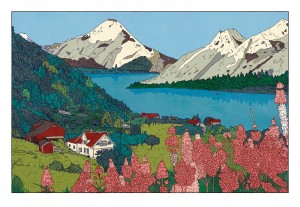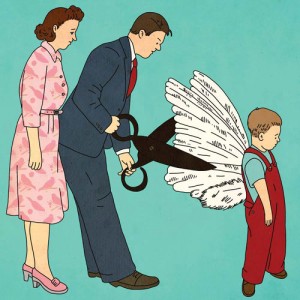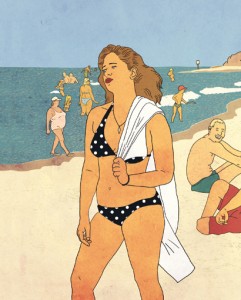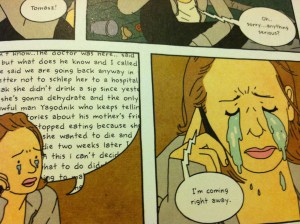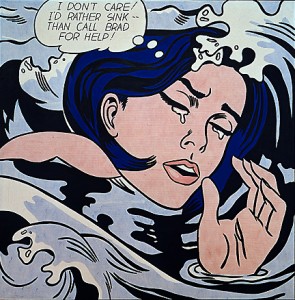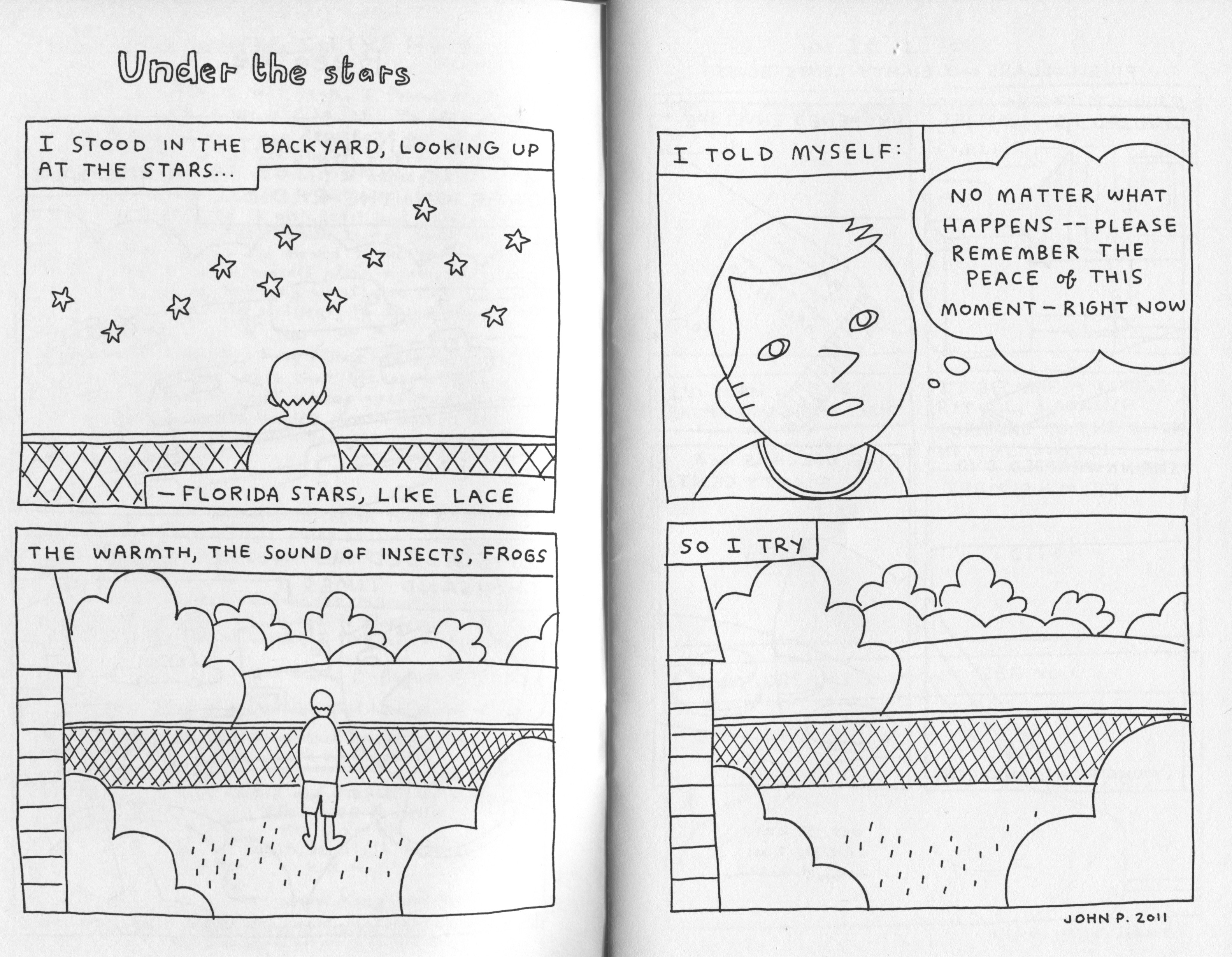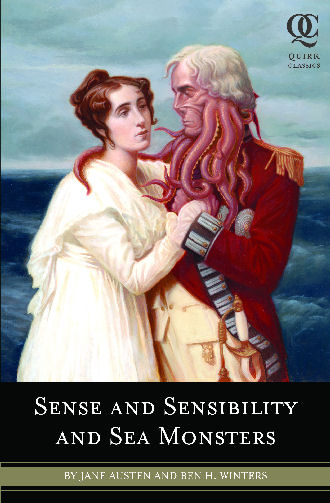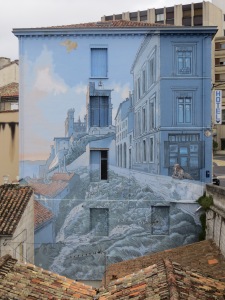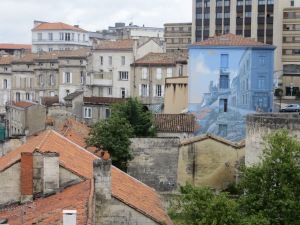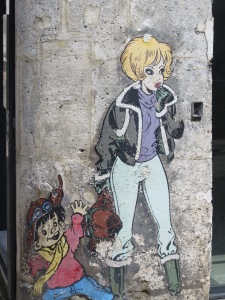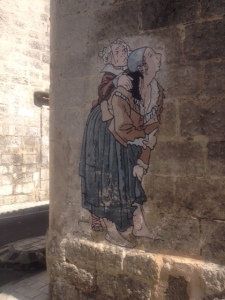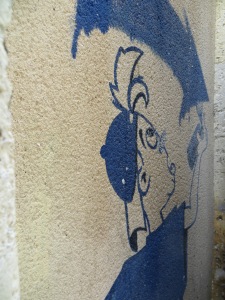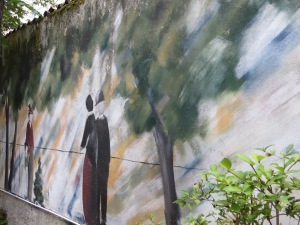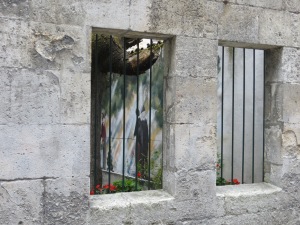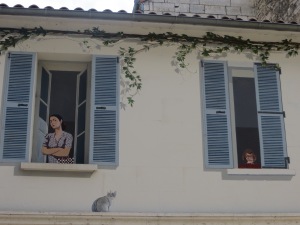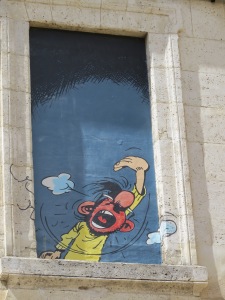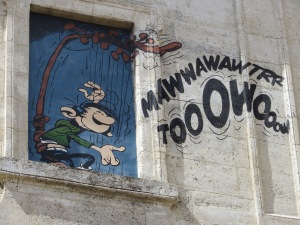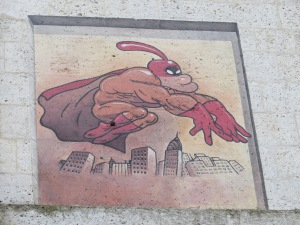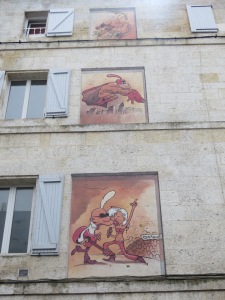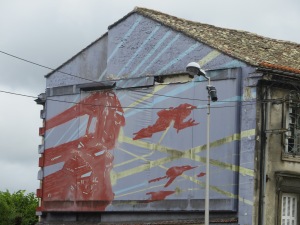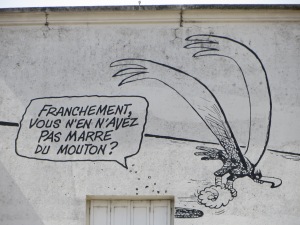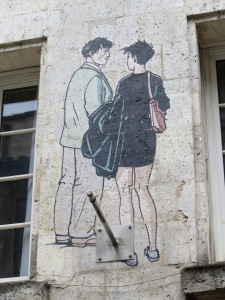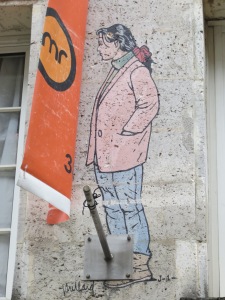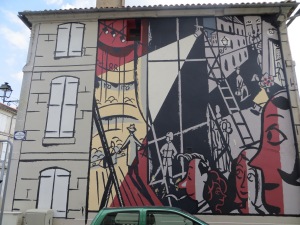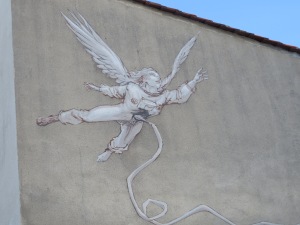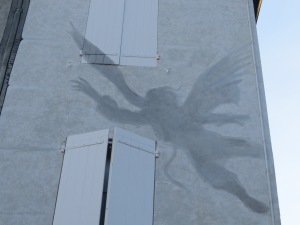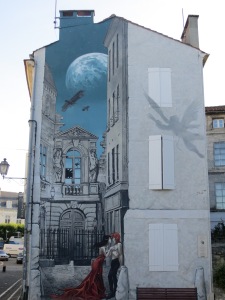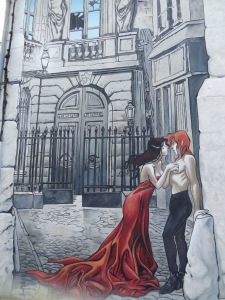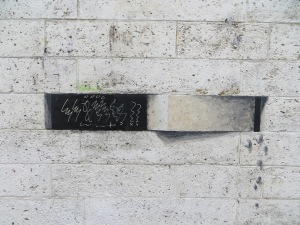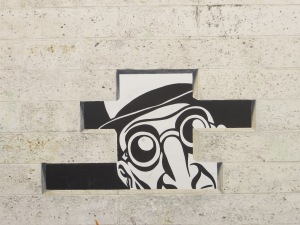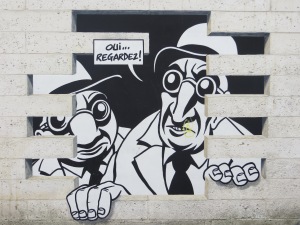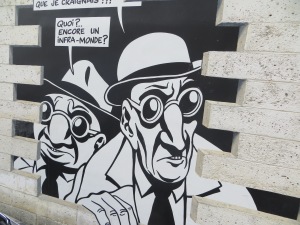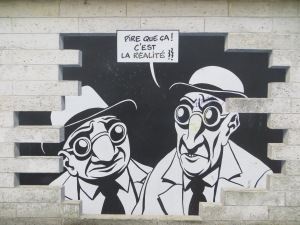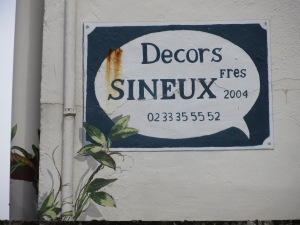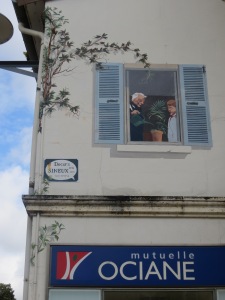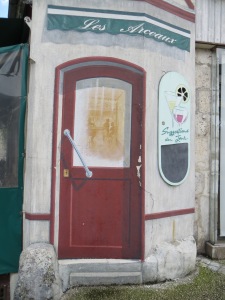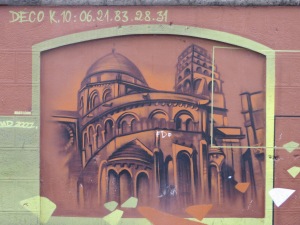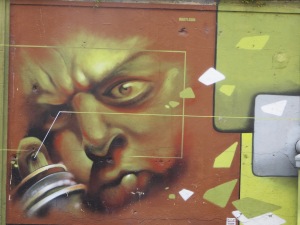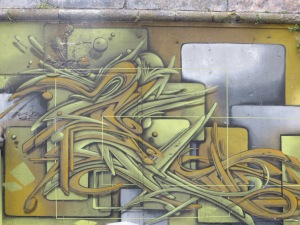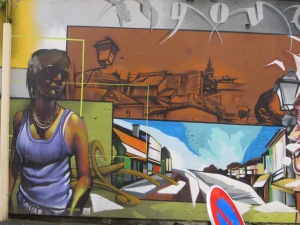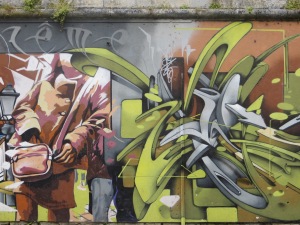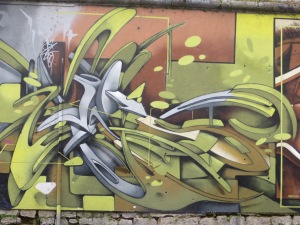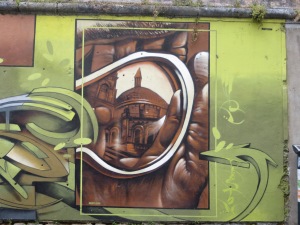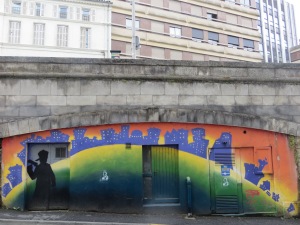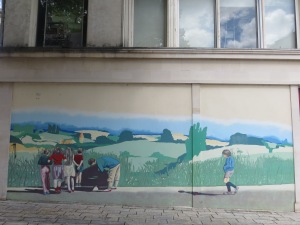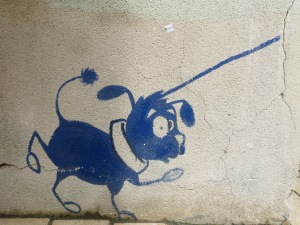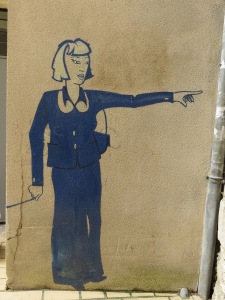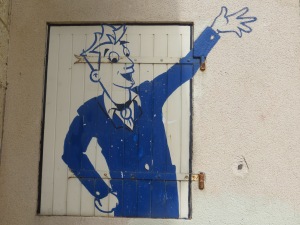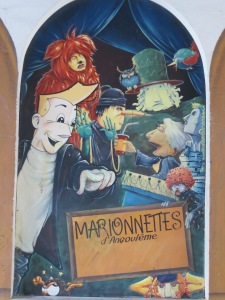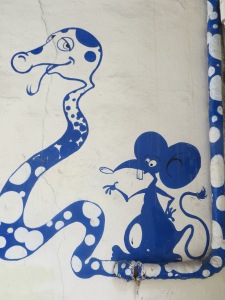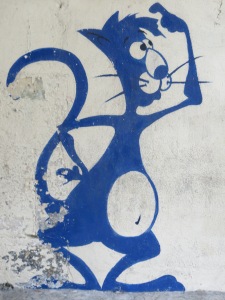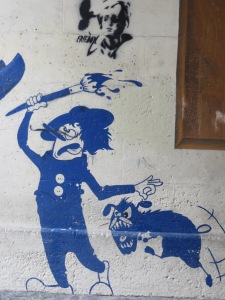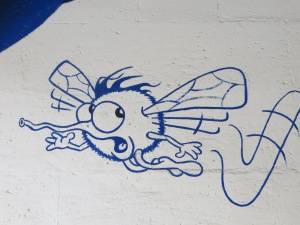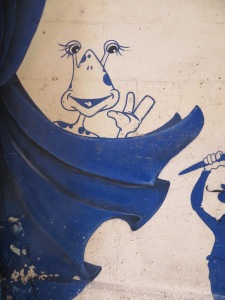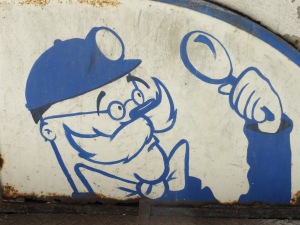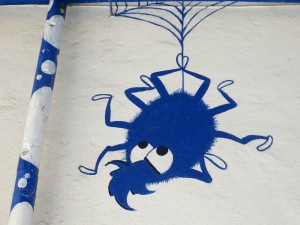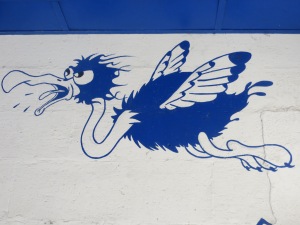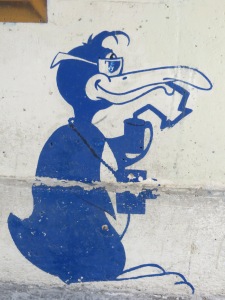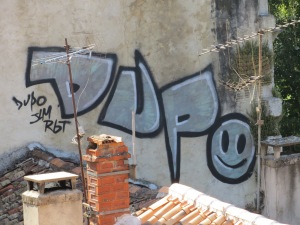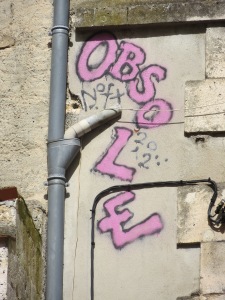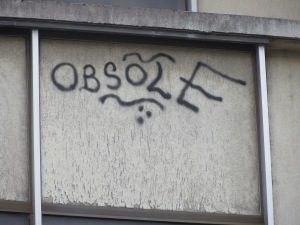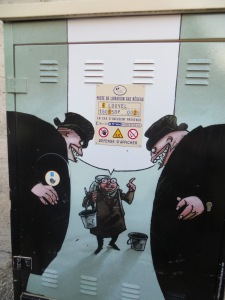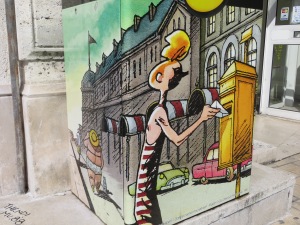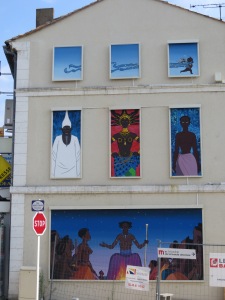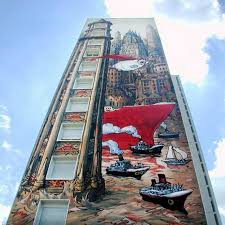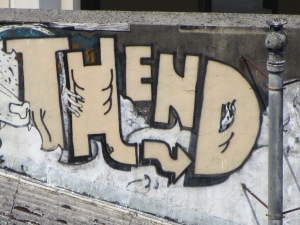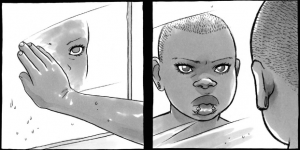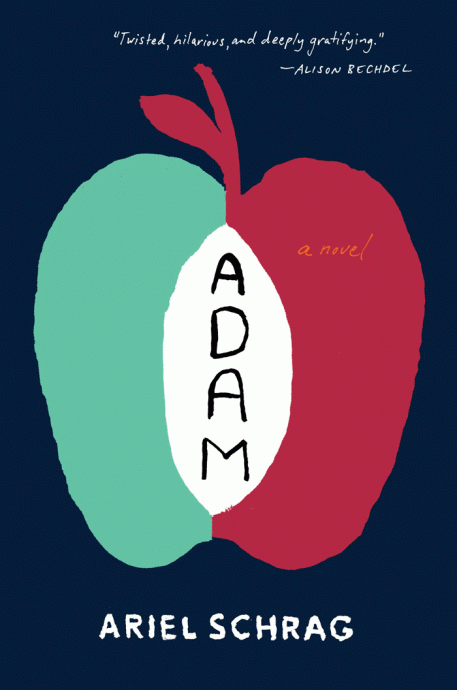I went to Under The Skin on a date. Poor guy. Before the movie started, I had looked forward to a little kissing, a little hand-on-thigh. I sat in a back row to be minimally obtrusive, and grew bothered when he was late. I confess I had no idea what the movie was about. I had seen the trailer before The Grand Budapest Hotel, and had laughed through it. I assumed it would be pompous, sexed up and non-narrative, thus perfect for some smart guy on smart girl action. If things went really well, we could pillow talk about the cinematography and haute-scifi genre afterwards.
Then the trailers started, and he jumped into his seat as the lights dimmed. The first fifteen minutes are meant for good behavior, and there were neat visuals and key plot information to puzzle out of the silence. Yet as soon as the shadowy protagonist begins to drive her van down the streets of Dublin, the date went cold, and was eaten by the film. The camera begins to follow the paths of everyday men, aging men, frumpy men, men walking alone in crowds. The ‘heroine’ is preying on men, the camera and the audience implicated in the hunt. I wanted every part of this reversal, and the enforcement of the unsympathetic perspective of the spider lady. I sat enthralled, and completely present, and very hungry. The film kept moving into the old horror terrain, but freshly, like someone forced to describe a dream exactly, background details and all. It didn’t skip over the dance of how each man comes to get into the van, and into her house, and into the dark pool of water. It doesn’t shy away from showing what happens underwater either. Remarkably, it makes this spectacle more harrowing than its concealment. It is exhilarating to see a cruel desire spelled out so intimately.
At the tipping point of the predations, the woman seduces a man with proteus syndrome, which she must do very carefully, as he’s distrustful and suffering. Their exchange is as emotionally generous as the film gets. (The trailer maker understood this, accompanying the clip with swelling orchestral strings.) Yet the woman breaks down mid-consumption, questioning herself with a glance in the mirror. She releases him. (Remorse over an abandoned baby also contributes to her personal transformation, of course.) She runs away, and the film madly unspools into dusky, unbounded country side. Pursued by her ex-conspirators, who are dark, silent, interchangeable men on motorcycles, she finds refuge in care of a lonely bachelor, but leaves when they fail to literally connect.
In the final scene, the woman attracts the attention of an isolated man sleeping in the woods, who tries to rape her. Her skin slips off as she struggles, revealing a black-widow spider shell figure beneath. The rapist recognizes an abomination when he sees one, and lights her on fire. She dies. This can be read bitterly as a sort of revenge for all those harvested men, and a return to Hollywood order. After two hours of uncomfortably sympathizing and identifying with the man-eater, she is restored to the monster movie ‘other.’ A narrow, violent representative of Frankenstein’s mob acts as a foil to her exceptionality, but still must vanquish her. Its ambiguous if the end is also her victory. The film begins with the motorcyclist harvesting her (dead?) body from a roadside, a Scarlet Johansson lookalike, who the woman strips and usurps. Destroying the body could break the cycle. But perhaps the motorcyclists had been out to off her anyway, and cut off the metamorphis. Who knows. The script barely attempts to world-build, and demands that viewers fill in the blanks themselves.
If the spoilers above didn’t faze you, I feel safe in continuing on about skin. The woman’s victims, after wading into the black water of her netherspace, hang suspended for some time. Their skin prunes and pickles, and finally, with a roar, an invisible mouth sucks away their innards completely, leaving only a drifting sheath of skin. A belt conveys the blood and guts into a furnace-like hole, perhaps to feed or create the black shelled female/s, a creature only briefly displayed before the final reveal. The heroine is a shell for this creature, a full body mask. Only skin deep, she is physically unable to have sex, and a literal tease.
In our rather un-flirty conversation after the film, my date didn’t seem as conflicted about the woman’s victims as I had been, or expected him to be. I had just sat through a movie not wanting to kiss him, exalted about a spider lady eating men. I wrongly assumed he felt a little victimized on multiple counts. Yet he referred to the victims as “extraneous.” Insecure, dejected, in flabby dress shirts and ridiculous underwear, passionless, of low intelligence and few prospects, friendless and girlfriend-less– what better purpose did these men have, than serving to fuel the body of an incredible, beautiful monster? I wondered about what fear this betrayed. He spoke to a social anxiety about these men, reconciling their failure to self-acutalize. The spider lady’s hunt is the natural order of things, but she must rebel against it to support the monster-movie plot.
Thus, the woman’s extinguishment in a column of smoke, over a snowy plain, is an Eastern solution. She learns compassion from a man with elephantiasis, someone whose skin is also literally slipping off, and badly matches their inside. Her ability to identify with him makes her unable to eat him. She seeks to remove herself from the food chain. Unable to replace her nature, she creates discord, and her own food source destroys her. In my reading, the men were sympathetic, if pathetic, and the film did them justice by not trying to justify or dodge the woman’s actions. She was deceiving and killing them. They were worthy of compassion, which is why she eventually changes, and won’t be reborn again. I resisted my date’s interpretation that they were ‘fair game,’ but couldn’t deny that his interpretation fit the tone better. I had found a way to sum up the movie in a kind, satisfying way, but I couldn’t ditch the feeling that Under the Skin is rather mean-spirited.
Skin is useless in this alien conspiracy, a floating remain. Yet the motorcyclists and filmmakers alike make very good use of Scarlett Johansson’s. She examines herself naked in front of a mirror, slowly stripteases men to their doom, and strips herself. She begins the movie as a lifeless body, all corporality. She is primarily a body during the film. Her story arc suggests a developing consciousness, but she becomes vacant and doll-like when she breaks away. The filmmakers only seem to respect her, and hold interest in her, as the embodiment of a nightmare. We never really get under her skin until the end, when she’s revealed as totally inhuman. As the movie is ostensibly about aliens, mission accomplished, I guess– if aliens are assumed to be bland ciphers. The woman puts ‘extraneous’ men to use, and in turn becomes extraneous when she stops being a sexy fantasy. The machinery of this is deadening, if not alarming. In the movie theater as well as the film, Johansson lures people into a dark space and suspends them there. It would be nice to be consumed by her, but her hunt is a ruse. It turns out she’s just a dull puppet, trotted out by a few grim men who operate the human sluice gates.

